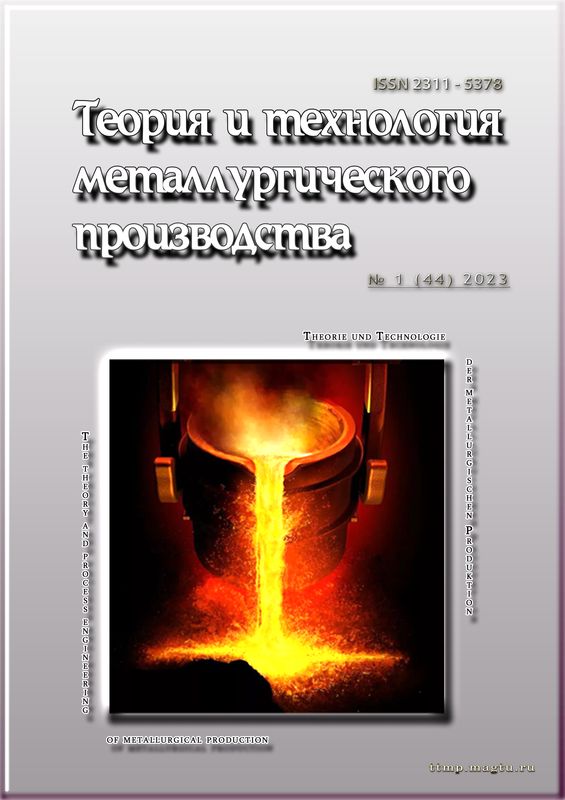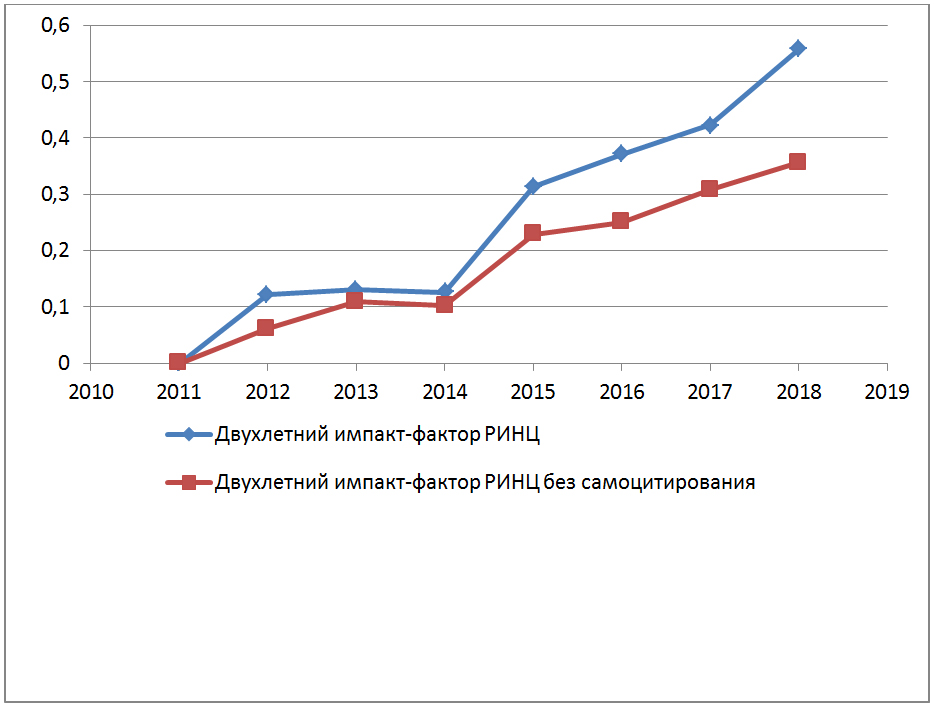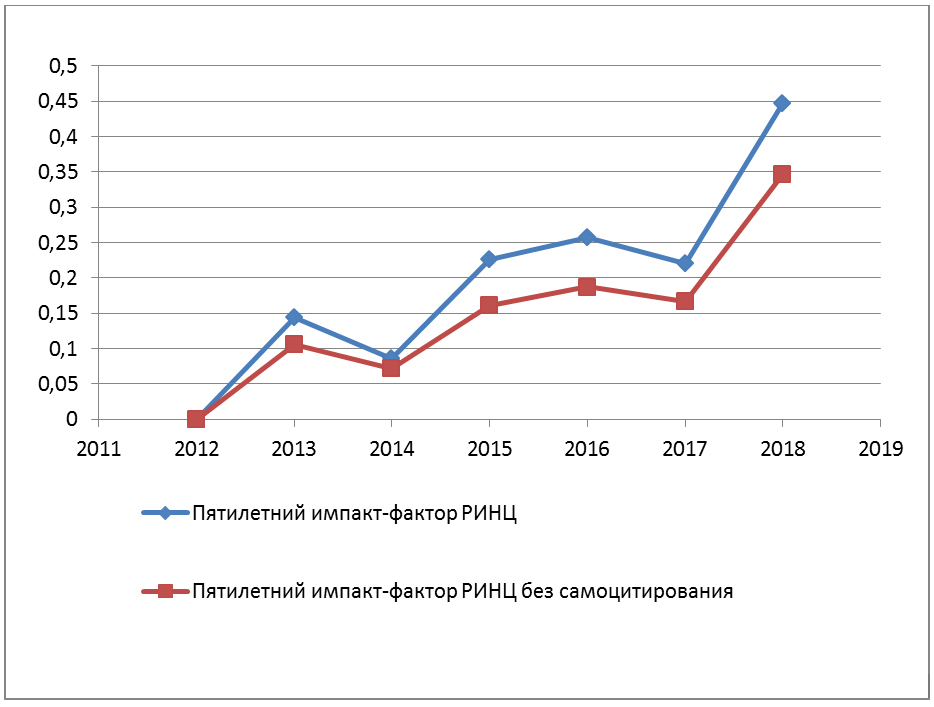Abstract
According to the project in the oxygen-converter shop of the Magnitogorsk Iron and Steel Works, melting in 370 t oxygen converters was to be carried out with combined blowing: top - with oxygen, - with neutral gases. However, during more than thirty years, the shop has been using only top blowing with oxygen. But combined blowing has a number of advantages, which improve both the quality and the yield of produced metal. In the frame of this paper two data arrays obtained during the production of low-carbon converter 08U grade steel in converters with a capacity of 370 and 350 tons, with top and combined blowing correspondently, implemented at different enterprises were analyzed. The technology of ladle processing and continuous casting of metal did not have a significant difference for this two arrays. The oxidation of the metal decreases on average from 1179 to 649 ppm ─ 1.8 times at combined blowing with inert gases supplied through the bottom blocks. A curvilinear decreasing dependence of the metal oxidation during combined blowing on the carbon content in the melt before taping has been established. With an increase in the oxidation of the metal, iron losses increase and the yield of suitable slabs decreases. The transition from the upper to the combined blowing makes it possible to increase the slabs yield from 87.6% to 89.6% on average, by a value estimated with a probability of 99%, equal to 2% (abs.). It is recommended to upgrade the equipment in order to introduce the technology of combined blowing in oxygen converters, which was planned during the design of BOF shop, at MMK.
Keywords:
steel, converter, blowing method, production, yield.





